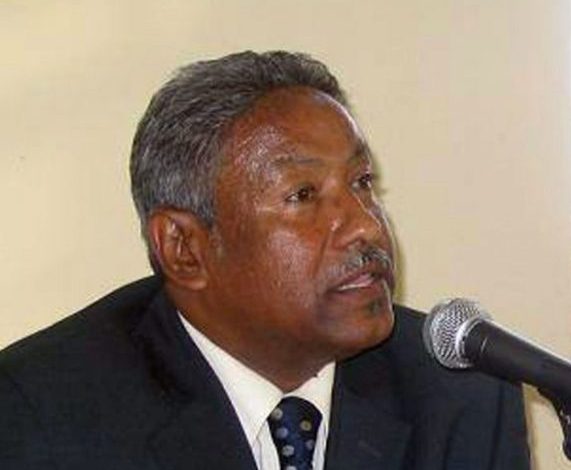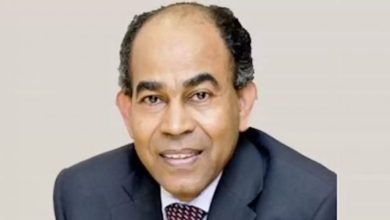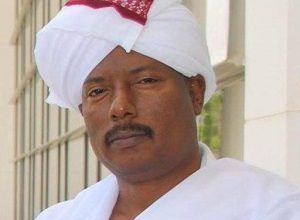What does Liberation of the Radio and TV Area Mean?

By: Mohamed Jalal Ahmed Hashim
Juba – March 12, 2024
Between yesterday and today, news has been circulated about the imminent liberation of the Radio and Television area in eastern Omdurman from the grip of the criminal Janjaweed Militias. Regardless of whether this news is true or not, let’s consider what this means if it happens. In our opinion, it means a lot in military, media and moral terms. Below we will review this importance.
***
First, it means (according to the repeated information confirmed by several sources and testimonies) the liberation of the hostages of innocent civilian men and women who were kept hostage by the criminal militias for the purpose of taking them as human shields, and even using the precincts of the radio and television buildings as a prison, in addition to all that is said about situations of systematic rape committed by the Tatar Militias that have nothing to do with the morals of the Sudanese people.
***
Second, the liberation of this region means the return of the state’s media machine from its headquarters, which also means the return of intellectual, cultural and social life to its previous state, which further means establishing an order of state in exchange for chaos and all the features of the liquefying of the state institution that we witnessed and are still witnessing wherever the Tatar Janjaweed militias are stationed.
***
Third, the liberation of the radio and television area means the return of normal life along the Nile Strip on the longest street in Omdurman, which is Nile Avenue. This means the return of the social lifeline that connects the city of Omdurman from the farthest south to the farthest north.
***
Fourth, liberating this region means recording a bitter defeat for the Janjaweed militias, given that the radio and television site is one of the strongest fortresses from a military standpoint. The strength of these exercises and fortifications is due to several factors, the first of which is the location’s proximity to the Nile to the east, then secondly its presence within a residential neighborhood, the Al-Mulazmeen neighborhood, then thirdly it is surrounded by tall buildings, which gives the Janjaweed militias a good opportunity to monitor and position snipers.
***
Fifth, the continued defeat of the Janjaweed militias through military clash, and thus their loss of their fortified positions, while they did not achieve any similar victory through the field of military clash. Until today, the Janjaweed militias have not received any military position from the army through field military clash. All the positions they received from the army were through the army’s tactical withdrawal while maintaining full, undiminished strength, unlike the case with the Janjaweed militias.
***
Sixth, the negative psychological impact and the perpetuation of the feeling of defeat among the Janjaweed militias, and thus the liberation of the Radio and Television site in Omdurman practically means the beginning of the end of the war in Khartoum, which means moving towards liberating and cleaning the rest of the areas east of the Nile and then between the two Niles. Omdurman’s strategy is that it represents the last point of contact with both the supply and withdrawal lines, considering the Umm Jeras area in Chad is the supply point and the first end of withdrawal. If the Janjaweed militias lose Omdurman, then the region east of the Nile to the borders of Abyssinia, as well as the region between the two Niles to the borders of the Funj Mountains, passing through the Gezira and Medani, will become more susceptible to liberation as they are flat, open areas, unfriendly to the Janjaweed militias, cut off from any supply, and have no way out for any withdrawal. This is the fatal strategic mistake that the Janjaweed militias made due to their ignorance of war strategies and tactics. It fell into the trap that the Sudanese army set for it by crossing from Omdurman to the east and being cut off from its supply lines and lines of withdrawal, and then it also became separated from what these militias believe and view as social incubators in Kordofan and Darfur. Originally, the weakness of the Janjaweed militias is that they depend on one line for both supply and withdrawal, and thus blocking this line means blocking the road to both supply and withdrawal at the same time. At the beginning of this war, I wrote an article in which I pointed this out clearly and said that the army’s plan was to gather the Janjaweed militias in the regions east of the Nile and between the two Niles.



